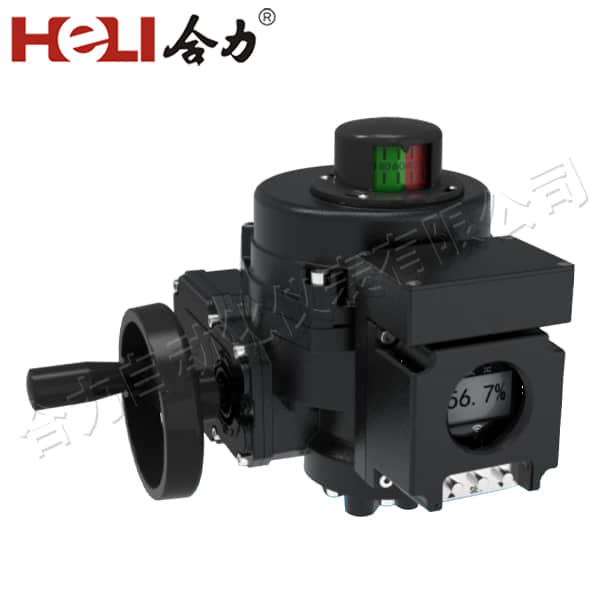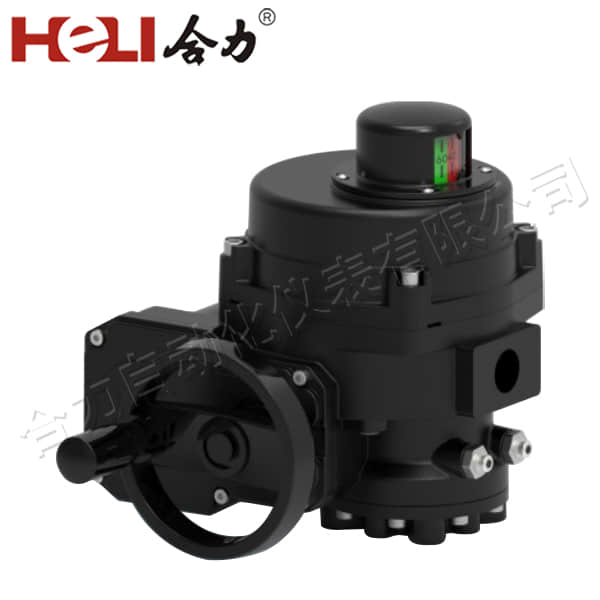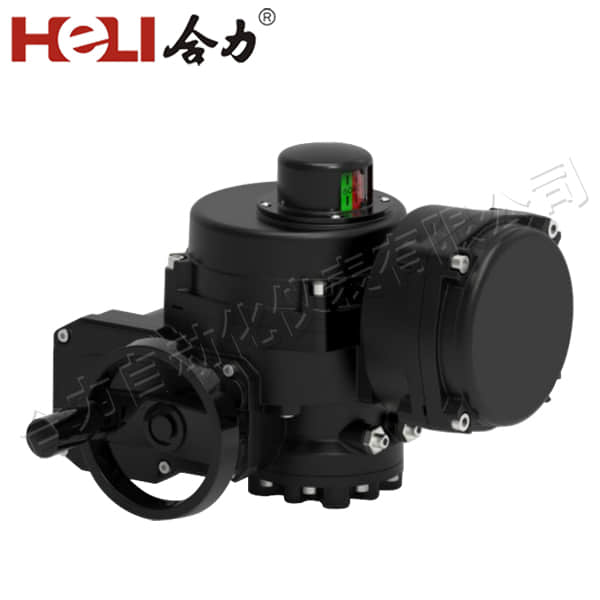Electrical installation is a critical aspect of modern infrastructure, encompassing the setup, maintenance, and repair of electrical systems in residential, commercial, and industrial settings. This process ensures that electrical systems operate safely and efficiently, adhering to relevant codes and standards. In this article, we will explore the fundamentals of electrical installation, its components, best practices, and safety measures.

The Basics of Electrical Installation

At its core, electrical installation involves connecting various electrical components to create a functional system that delivers power for lighting, heating, appliances, and machinery. The process begins with a thorough assessment of the site, where electricians evaluate the electrical load requirements based on the intended use of the space. This assessment helps in designing a system that meets both current and future needs. Key Components of Electrical Installation Wiring: The backbone of any electrical system, wiring transmits electricity from the power source to various devices. Common types of wiring include copper and aluminum, each with its advantages. Proper selection and installation of wiring are crucial for efficiency and safety.
